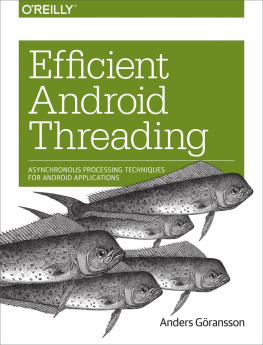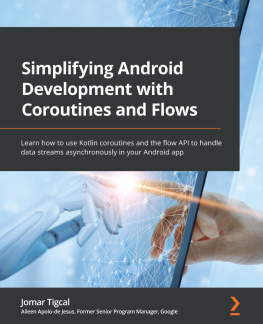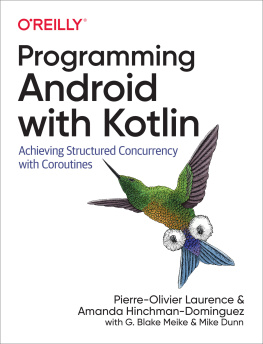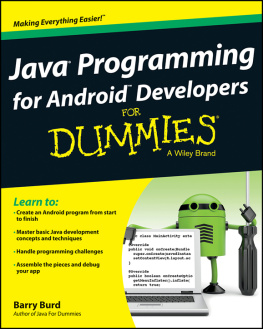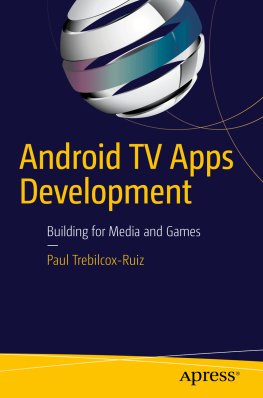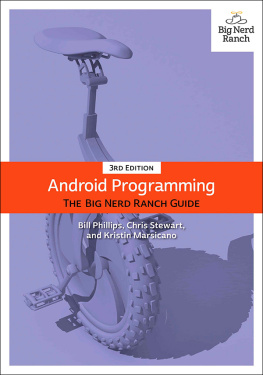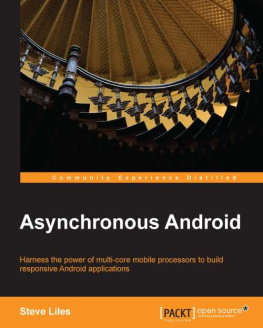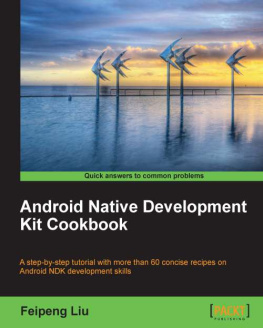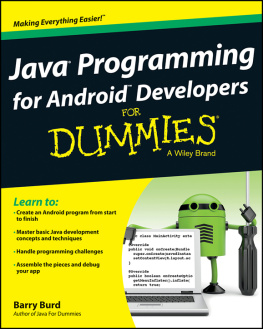Anders Goransson - Efficient Android Threading: Asynchronous Processing Techniques for Android Applications
Here you can read online Anders Goransson - Efficient Android Threading: Asynchronous Processing Techniques for Android Applications full text of the book (entire story) in english for free. Download pdf and epub, get meaning, cover and reviews about this ebook. year: 2014, publisher: OReilly Media, genre: Computer. Description of the work, (preface) as well as reviews are available. Best literature library LitArk.com created for fans of good reading and offers a wide selection of genres:
Romance novel
Science fiction
Adventure
Detective
Science
History
Home and family
Prose
Art
Politics
Computer
Non-fiction
Religion
Business
Children
Humor
Choose a favorite category and find really read worthwhile books. Enjoy immersion in the world of imagination, feel the emotions of the characters or learn something new for yourself, make an fascinating discovery.
- Book:Efficient Android Threading: Asynchronous Processing Techniques for Android Applications
- Author:
- Publisher:OReilly Media
- Genre:
- Year:2014
- Rating:3 / 5
- Favourites:Add to favourites
- Your mark:
Efficient Android Threading: Asynchronous Processing Techniques for Android Applications: summary, description and annotation
We offer to read an annotation, description, summary or preface (depends on what the author of the book "Efficient Android Threading: Asynchronous Processing Techniques for Android Applications" wrote himself). If you haven't found the necessary information about the book — write in the comments, we will try to find it.
Multithreading is essential if you want to create an Android app with a great user experience, but how do you know which techniques can help solve your problem? This practical book describes many asynchronous mechanisms available in the Android SDK, and provides guidelines for selecting the ones most appropriate for the app youre building.
Author Anders Goransson demonstrates the advantages and disadvantages of each technique, with sample code and detailed explanations for using it efficiently. The first part of the book describes the building blocks of asynchronous processing, and the second part covers Android libraries and constructs for developing fast, responsive, and well-structured apps.
- Understand multithreading basics in Java and on the Android platform
- Learn how threads communicate within and between processes
- Use strategies to reduce the risk of memory leaks
- Manage the lifecycle of a basic thread
- Run tasks sequentially in the background with HandlerThread
- Use Javas Executor Framework to control or cancel threads
- Handle background task execution with AsyncTask and IntentService
- Access content providers with AsyncQueryHandler
- Use loaders to update the UI with new data
Anders Goransson: author's other books
Who wrote Efficient Android Threading: Asynchronous Processing Techniques for Android Applications? Find out the surname, the name of the author of the book and a list of all author's works by series.

